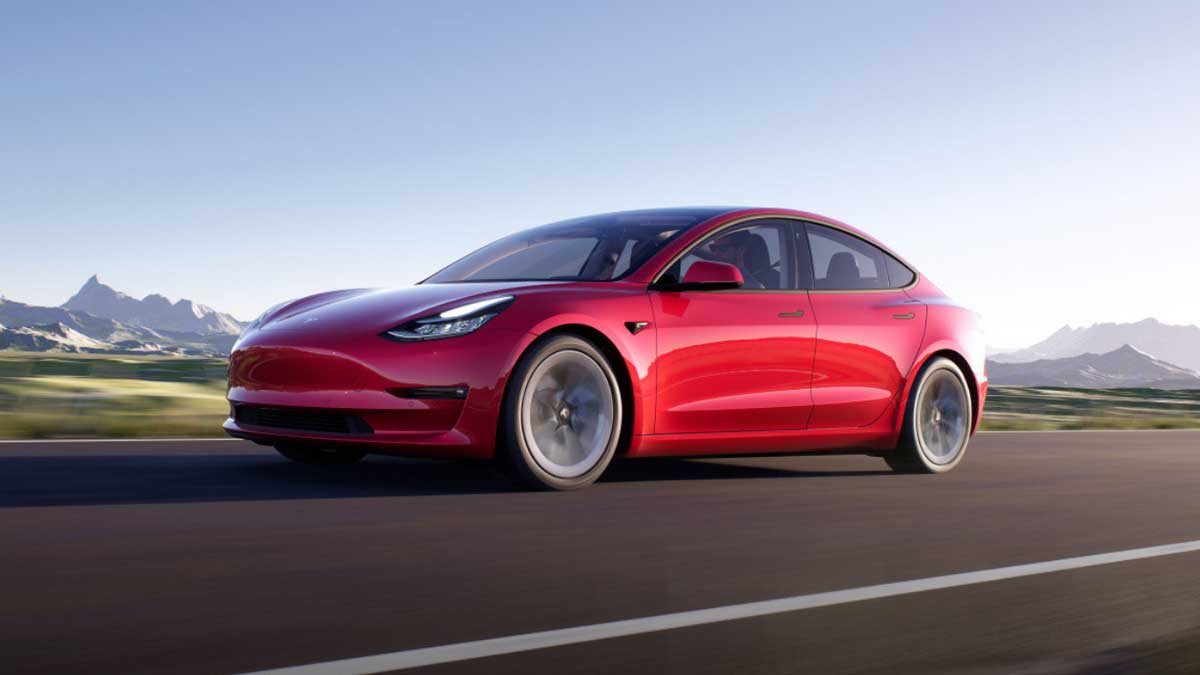Tesla reveals documentation on 48-V battery architecture to third-party companies

Tesla electric vehicles use classic 12 V batteries. They provide power to on-board systems. The automaker promised to switch to a 48V architecture when it launched its Cybertruck electric pickup truck. And now, Ilon Musk's company (Elon Musk) has shared the documentation with third-party manufacturers.
Here's What We Know
Jim Farley, CEO of Ford Motor, thanked Elon Musk for Tesla sharing its developments on 48-V battery architecture. The importance of this transition lies in the possibility of increasing the power consumption of on-board devices, as well as saving on wiring and reducing the weight of the car by reducing the cross-section of cables.
They weren't joking. We received the document today, dated Dec. 5th. Thanks, @ElonMusk. Great for the industry! https://t.co/DkLaHA84CY
- Jim Farley (@jimfarley98) December 7, 2023
The problem with migration is cost. It will take years for all automakers to change their supply infrastructure and migrate to 48V. As for Tesla, it has the resources to invest in producing 48V batteries at a low rate. However, it will cost more to produce them than it would to create more mainstream 12-volt batteries.
Such migrations have happened before. In particular, 6V was considered the norm until the middle of the last century, after which manufacturers started moving to 12V. If we talk about Tesla, it migrated from lead-acid batteries to lithium-ion batteries a few years ago.

Giving up lead-acid batteries allowed the company to solve the problem of short battery life (up to 4 years). However, Tesla now faces other challenges. In particular, with the operation of lithium-ion batteries at low temperatures.
Source: Electrek